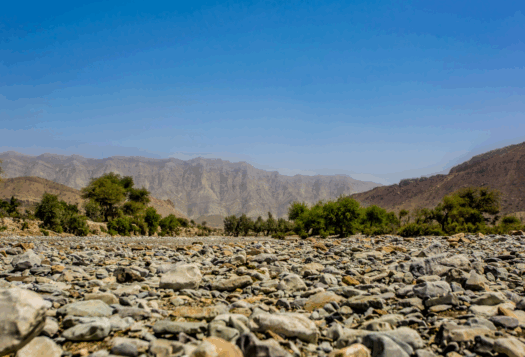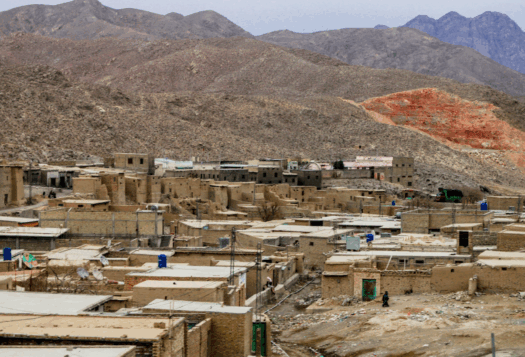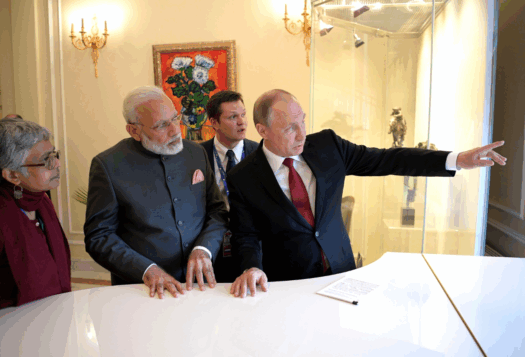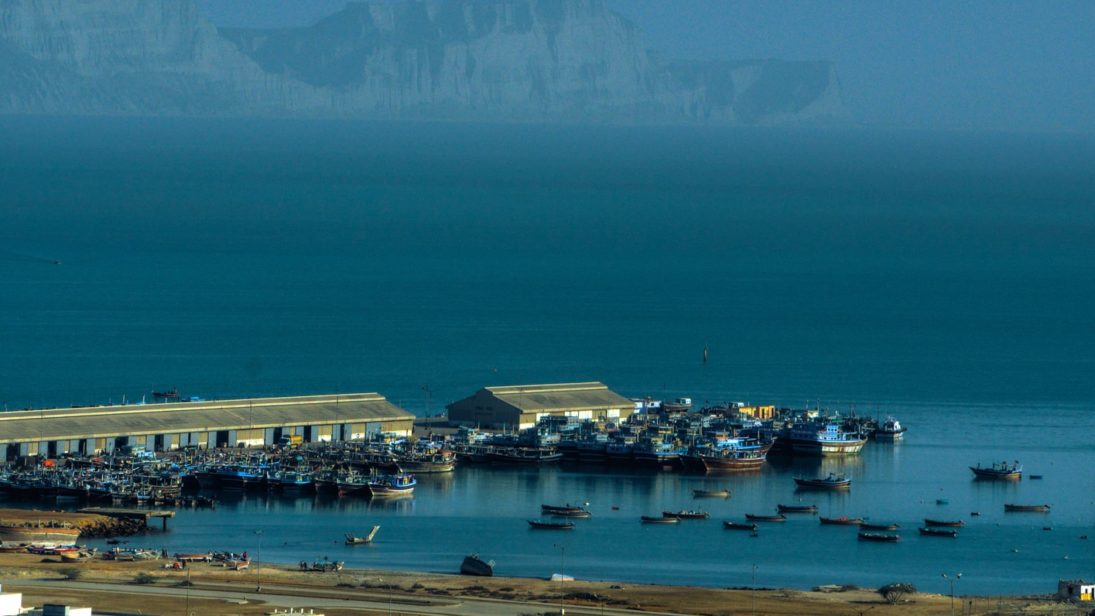
Since the unveiling of the blueprint for the China-Pakistan Economic Corridor (CPEC) in 2013, the ambitious program has been described as a holistic initiative that would transform the entire socioeconomic fabric of Pakistan. The two main arms of the state, the government and the army, seem to be taking all possible measures to turn these ambitions into reality. Pakistan’s government has signed various Memorandums of Understanding (MOUs) and remains in regular touch with Chinese authorities over latest developments, while the army, which views the initiative as vital to its national interest, offers extensive services for the security of Chinese workers.
Though some countries in and around South Asia have expressed interest in joining CPEC, India has repeatedly displayed its unease with the project and taken steps to counter the challenge presented by Sino-Pakistani economic alignment, such as joining hands with Iran and Afghanistan for the development of the Chabahar port project. Subsequently, while CPEC could well be an economic venture for the mutual interests of Beijing and Islamabad, it may also drive the region even further apart.
CPEC’s Early Harvest and Long-Term Plan
When the Pakistan Muslim League Nawaz (PML-N) took charge after the 2013 general elections, Pakistan was facing an acute energy shortage, with frequent power outages hampering all walks of life. Since the PML-N’s electoral platform was based on the promise of addressing energy woes, former Prime Minister Nawaz Sharif sought assistance from the international community, of which China responded in the shape of CPEC.
Out of CPEC’s initial investment of $52 billion, $33 billion is to be invested in the energy sector. CPEC’s first phase, the Early Harvest Program (EHP), was launched in 2015, with the intention of generating 10,400 Megawatts (MW) of electricity by March 2018, which could easily rectify the existing energy deficit. EHP projects have already begun to substantially reduce electric load shedding in parts of country. Additionally, most energy projects still under construction are expected to be completed by 2019, thus mitigating Pakistan’s energy woes. After its successful initial phase, CPEC is now entering into the Long Term Plan (LTP), which encompasses important sectors of the economy ranging from connectivity to road and rail infrastructure, agriculture, and the information network. It is further divided into three phases: Short Term (2020), Medium Term (2025) and Long Term (2030).
China’s Blueprint for CPEC: A Regional Vision
Unlike other regions of the world, South Asia has proven incapable of pursuing major regional economic integration agreements due to persistent territorial disputes and divergent strategic interests. After unveiling its Belt and Road Initiative (BRI) in 2013, China pursued its economic ambitions in South Asia for both economic and geographic reasons: Pakistan was already a natural economic and military partner for Beijing, while the South Asian region was both strategically located near vital trade routes to the Middle East and bereft of existing economic connectivity initiatives. Beijing’s intuition regarding the appeal of a large-scale infrastructure programs like BRI or CPEC was right: although countries such as Iran and war-torn Afghanistan haven’t always seen eye to eye with China and Pakistan, both countries have demonstrated their interest in having an expanded role in CPEC. For their part, China and Pakistan have also sought Afghanistan’s participation in the project to help ease its dependence on foreign aid and normalize tensions with Islamabad. Thus, there is potential for CPEC, the flagship initiative of the BRI, to integrate the region while simultaneously multiplying Pakistan’s economic growth rates.
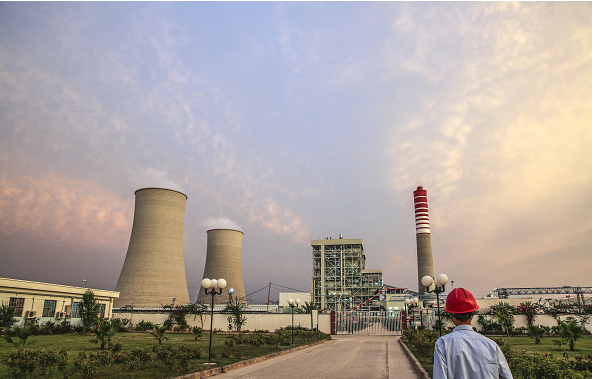
Chinese Strategic and Economic Interests
The multibillion dollar investment, however, also serves Chinese interests in the region and beyond. A key project outlined in the LTP is the Gwadar port project, currently in its second phase of construction and development. Gwadar is a deep sea port off the Arabian Sea and Persian Gulf, near the Strait of Hormuz. Chinese development of Gwadar aims to transform the port into a major regional shipping hub that will challenge nearby port cities like Oman and Dubai. To this end, the port’s strategic location reduces the distance Chinese imports and exports would otherwise travel to access the Middle East, by bypassing the overused Malacca Strait. After financing more than 80 percent of the $248 million USD during Phase I of development, Beijing has obtained operational control of the port for the next forty years.
This trade corridor will not only increase Chinese access to the Gulf, the Middle East, and Africa, but it will also enable China to extend its strategic and military footprints in the Indian Ocean Region (IOR). To this end, China has consistently denied reports that it will build a functioning naval base near the Gwadar on the Jiwani peninsula in Balochistan, though suspicions continue to circulate. There have also been reports that the port at Gwadar might be used to dock warships belonging to the Chinese People’s Liberation Army (PLA), a claim Beijing has also rejected. Either way, China’s presence in Pakistan through CPEC means that these strategic possibilities are on the table. Indeed, CPEC is an essential component of China’s blueprint for the economic future of the South Asian region, but it is also an initiative from which Beijing will benefit enormously.
Stoking Geopolitical Divisions
Given the benefits China stands to accrue from CPEC, India has remained adamant in its opposition to CPEC on the grounds that the economic corridor violates India’s sovereignty by passing through Pakistan-administered Kashmir. Below the surface, India and China are at odds on a more existential level, with New Delhi believing that this Sino-Pak economic maneuvering is aimed at threatening its economic and energy security. India also fears that the port is an extension of Chinese military maneuvering to encircle it in the IOR, especially since Beijing and Islamabad have deep military ties. China and Pakistan, however, have reiterated their stance on CPEC, terming it a regional economic venture with no malicious intent.
In an effort to satisfy India’s anxiety over CPEC, China has displayed its readiness for talks on the corridor running through Kashmir, as well as offering to change the name of the initiative. Nevertheless, in light of the reality that India’s petroleum imports pass through largely the same area earmarked for the Gwadar port, India has responded to CPEC with connectivity initiatives of its own. New Delhi has developed, and will soon gain operational control of, the Chabahar port, in a trilateral agreement with both Iran and Afghanistan. It also recently gained access to the Duqm port in Oman for both military and logistical use. With India-China competition on the rise after the military standoff over the Doklam plateau last year, it is unclear whether these tensions will fade or continue to intensify.
2018: A Decisive Year
2018 stands to be a decisive year for the future of CPEC. This is not only because the initiative is entering the LTP phase, but also because it continues to influence industrialization in Pakistan. To this end, both China and Pakistan have agreed to set up Special Economic Zones (SEZs) alongside their trade routes. The National Development & Reform Commission (NDRC) from China recently visited Pakistan, holding successful discussions on the future of 9 SEZs with the Board of Investment (BOI) and Ministry of Planning, Development and Reform. With less than five years since work on the CPEC began, the multimillion-dollar initiative has injected a new optimism with its short, medium, and long-term outcomes. The successful completion of EHP projects, which have addressed Pakistan’s energy shortage, highlights how CPEC has the potential to transform the economy of Pakistan, in the long run.
Looking ahead, CPEC could be a tremendous opportunity for the economic integration of the entire region. However, enduring geopolitical discontent means that the initiative could be a source of geopolitical divide rather than a magnet for regional connectivity. Both Pakistan and China must continually reevaluate the regional calculus if they wish to avoid driving a geopolitical wedge in South Asia.
***
Click here to read this article in Urdu.
Image 1: umairadeeb via Flickr (cropped)
Image 2: Bloomberg via Getty
Editor’s Note: This piece is part of a new SAV series, “CPEC: Where Are We Now?”, which assesses the status of the China-Pakistan Economic Corridor (CPEC). Read the other contributions here.
